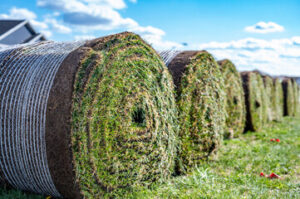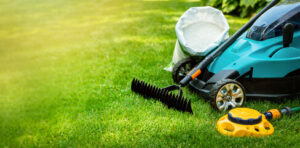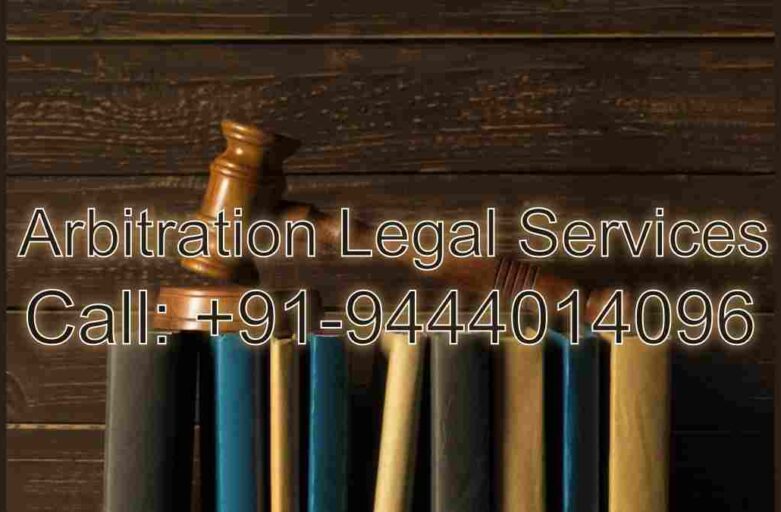Every lawn has its own set of conditions that must be met for the grass to thrive. Consider factors such as your climate, soil conditions, how you use the yard, and if you have children or pets.
Grasse types like zoysia and tall fescue thrive in cooler climates and can withstand high traffic, while bermudagrass is a good choice for warm climates and can resist insects such as chinchbugs. If you can’t decide, check out Sod Company Harrisburg PA.

Sod
A new lawn using sod instantly provides a lush, manicured appearance that can add curb appeal to your property. Sod can also reduce maintenance efforts compared to seed because it requires less watering and fertilizer, and does not need to be mowed as often. However, sod can be more expensive than seed due to the time and money it takes to lay.
Grass type also plays a big role in how much maintenance is required. Higher-maintenance grasses, such as ryegrass, require frequent watering and mowing to keep them healthy. On the other hand, low-maintenance grasses like Zoysia and Bermuda are more adaptable to various climate conditions and have lower watering requirements.
Before laying sod, make sure your soil is properly prepared. This involves having the dirt tested for nutrient levels and amending as needed to provide a fertile environment. Then, the sod can be laid to achieve a fast-growing, dense turf that will resist weeds and pests.
If you choose to lay sod, it’s important to keep in mind that it needs to be watered daily for the first two weeks, depending on weather and season. It is best to do this in the morning and avoid letting the sod sit in the sun for long periods. It is also a good idea to check the soil often for moisture. If you see puddles forming, you may be watering too much.
If you’re unsure what kind of grass to choose for your property, talk to your local landscaper. They can provide expert advice based on your local climate and lawn use. They can also help you decide whether sod or seed is the best option for your yard.
Seed
The grass you choose for your lawn can make or break how it looks and performs. Whether you are starting with a new lawn or reseeding bare spots, the type of grass you select will be affected by how much traffic the yard receives and if it gets full, partial, or no sun exposure. You will also need to decide if you want to invest your time in low, medium–, or high-maintenance grass. Some species of grass require more care than others to prevent weeds, diseases, or weather damage.
If your yard is prone to heavy traffic from kids or pets, consider choosing species that are tolerant of this kind of wear and tear. If the lawn will be in the shade most of the time, consider a cool-season species like tall fescue. Likewise, if your soil is infertile or has high pH, a salt-tolerant species like seashore paspalum is ideal.
It’s important to remember that even the most expensive grass seed won’t grow well if you aren’t giving it enough water or fertilizer. You should also avoid buying no-name or generic grass seeds as these varieties may be older and less able to withstand disease, pests, and harsh weather conditions.
It’s a good idea to consult with an experienced professional before planting a new lawn or reseeding your existing one. They will be able to advise you on the best grasses for your specific climate, soil conditions, and use of the lawn. They can also test your soil’s pH balance, which is crucial for a lawn that thrives and can resist weeds, insects, and other challenges. A professional can also provide suggestions for how to renovate an existing lawn and help keep it healthy through a variety of different seasons.
Fertilizer
Many lawns require fertilizer to maintain a healthy appearance, but choosing the right type of fertilizer is just as important as applying it regularly. A fertilizer that is not suited for your site can damage or deplete the soil. Before selecting a fertilizer, consider the following factors:
The pH level of the soil is an important factor to consider. Typically, turf grasses thrive best when the soil has an acidity level between 6 and 7.5. A soil test can determine the level of acidity and recommend a lime application.
Cool-season grasses such as Kentucky bluegrass and perennial ryegrass are good choices for areas with cold winters and hot, humid summers. These grasses perform well in a wide variety of conditions and soil types, including clay soils. They also tend to resist diseases and insects better than warm-season grasses, making them an excellent choice for residential lawns.
Warm-season grasses like buffalo, zoysia, and centipede are well-suited for low-input areas, where lawn care is limited to irrigation regularly, fertilization on a semiannual basis, and mowing to variable heights. These grasses are also tolerant of foot traffic, drought, and heat, and can withstand damage or disease to a certain extent.
For sites in the coastal region and salty soils, look for grass such as seashore paspalum that tolerates high salinity levels. These grasses grow well in sandy soils and can withstand salt spray or effluent water that is used to irrigate the area. These grasses are also salt tolerant, which makes them an excellent choice for golf course greens. Avoid seed mixtures that contain creeping bentgrass or annual ryegrass, as these species are not well-suited for lawns.
Weed Killer
Weed killers are chemical-based liquids designed to kill specific types of weeds. They can be used to clear a patch of land before planting or to destroy existing weeds in large lawn areas. Different weedkillers are engineered to tackle specific types of weeds and are highly effective when they’re skillfully selected and applied to the job at hand.
Different weed killers are also targeted at different locations – some can be used to kill weeds between patios and pavings without harming the grass, while others are intended for use in open ground. Selective weed killers are often the best choice for lawn use, and they work by stimulating growth in the weed to such an extent that it cannot sustain itself and eventually dies. There are even nonselective herbicides such as triclopyr or 2,4-D, which are commonly found in ‘weed and feed’ products, that do the same thing but without harming grass.
If you’re struggling with brown spots on your lawn, it’s important to understand that these could be caused by several different things. Fungus, foot traffic, dog urine, and a host of other issues can all cause these unsightly bare patches of grass to appear in your garden.
One of the simplest solutions is to dig up and remove both the dead weeds and the soil they grow in. This will allow you to reseed and establish a healthier lawn. Another option is to apply a fungicide. However, if you choose to do this it is important to note that the fungicide will kill all plants, not just weeds, so if there are healthy grasses nearby then they’ll be affected too. This is why it’s important to check your soil pH before applying any fungicide, and to only treat the brown patches of grass and not entire lawns.
Insecticide
Insecticides are toxic substances that kill insects by disrupting their metabolism and physiology. They are typically water-soluble chemicals that bind to proteins, lipids, and other organic molecules in the insect. They can also interact with the nervous system and can have other indirect effects on the organisms that they target.
Nonpoint source insecticides enter waterbodies through runoff, spray drift from application, or from leaking storage tanks and wastewater treatment plant effluents. Insecticides also enter surface waters through direct discharge from manufacturing and other industrial facilities and accidental spills or unpermitted discharges from golf courses, lawns, urban and suburban areas, agricultural cropland, and forests.
Chemicals that enter waterbodies may affect a wide range of biological communities, from algae to fish and aquatic mammals. Some of these impacts are immediate, while others may occur over a longer period or even into the long term.
When selecting your grass, make sure that you choose a variety with resistance to the major pests and diseases that can occur in the area where you live. For example, if your home lawn has been demolished by chinch bugs in the past, consider using Celebration Bermudagrass or one of our other chinch bug-resistant varieties such as Latitude 36, NorthBridge, or EMPIRE Zoysia. Also, be aware of any nematode problems that could limit the use of your desired turfgrass in some locations.


